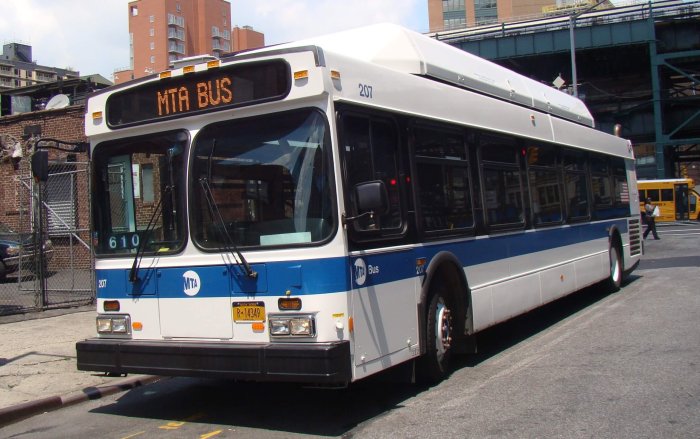By Alexander Dworkowitz
To commemorate one of the deadliest workplace catastrophes in the city's history, Queens politicians and labor leaders held a small service Sunday morning at Mount Zion Cemetery in honor of the 146 people who lost their lives in the Triangle Shirtwaist factory fire of 1911.
“There is a need to remember this tragedy,” said state Assemblyman Brian McLaughlin (D-Flushing), who organized the Maspeth event.
The fire was one of the worst in the country's history. On March 25, 1911, the blaze broke out on the eighth, ninth and 10th floors at the Triangle Shirtwaist factory on the Lower East Side. Many of the victims were locked in, and the firefighter's ladders could not reach the top of the blaze. According to historical records, 146 people, mostly young immigrant women, were killed.
The deaths sparked an outcry and helped fuel the growing labor movement.
The fire has been commemorated every year in Albany and at the site of factory.
This year McLaughlin, president of the New York City Central Labor Council, decided to organize a ceremony at the Workmen's Circle section of Mount Zion, where a number of those killed in the fire are buried. A marble memorial to the fire, built in 1911, stands in the Workmen's Circle.
This week's ceremony was held against a backdrop of new research on the fire by Marianne DiPalermo McCauley, an archivist at the John D. Calandra Italian American Institute. Over the last few years, McCauley has compiled a list of 135 people who were killed. About 30 percent were of Italian descent, while the remainder were Jewish, according to the research.
State Sen. Serphin Maltese (R-Glendale) lost his grandmother and two aunts in the blaze. He spoke of his grandfather, Serafino, having to cope with the deaths of his wife and two daughters.
“He had that morning said goodbye… never knowing that he would never see them again,” he said.
Maltese said his grandfather managed to move on.
“He was an example of the immigrants of the day, who endured so much so their families could have better lives,” Maltese said
Arieh Lebowitz, the communications director of the Jewish Labor Committee, described the conditions of the factory before the fire.
“It wasn't a sweatshop, but it was nearly as bad as a sweatshop,” he said. “If they complained about working conditions, they were fired.”
Many said remembering the fire helped shed light on modern-day labor violations.
Edgar Romney, executive vice president with the Union of Needletrades, Industrial and Textile Employees, said workers suffer through similar working conditions today, but they are Asian and Latino, not Jewish and Italian.
“There is only one thing that has changed about the sweatshops, and it is the names and the faces,” he said.
Reach reporter Alexander Dworkowitz by e-mail at Timesledger@aol.com or call 718-229-0300 Ext. 141.


































